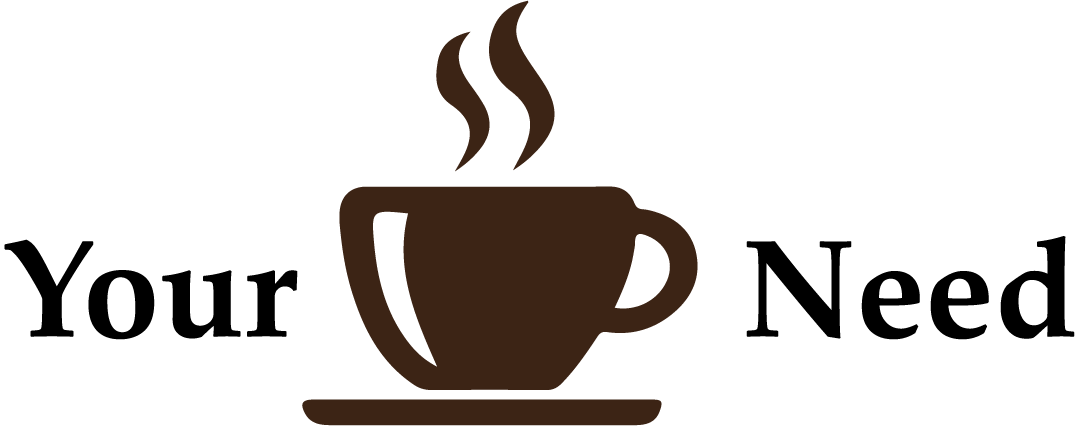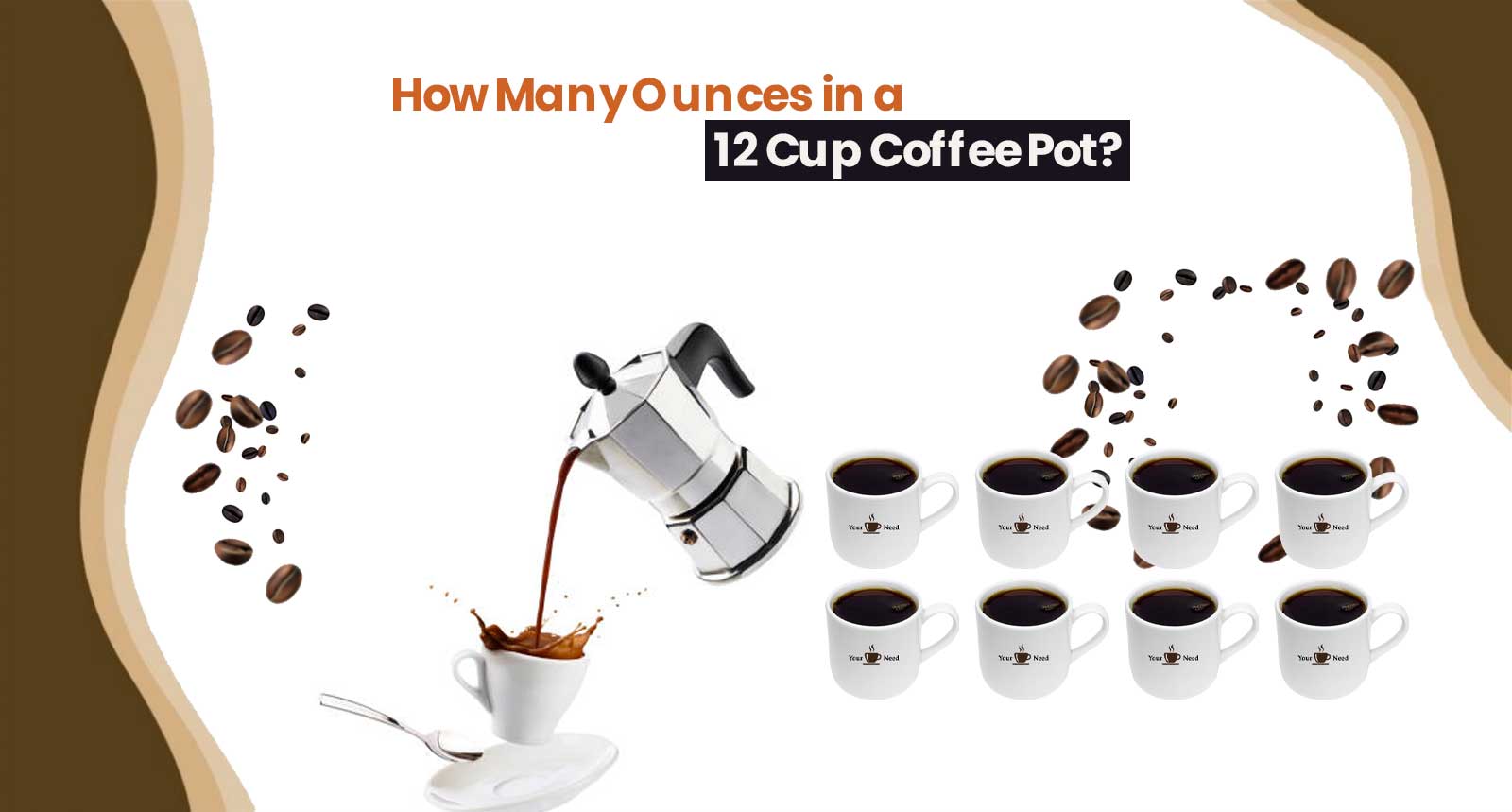If you’re a coffee lover, you’ve probably contemplated the question, “How many ounces in a 12 cup coffee pot?” This is an important question as the size of your coffee pot determines the amount of coffee you can brew at a time.
Let’s delve into this topic and find out exactly how many ounces are in a 12 cup coffee pot.
A 12 cup coffee pot will generally hold between 60-80 ounces of water, depending on the size and brand of the pot. This means that there would typically be 5-6 ounces per cup when using a standard 8 ounce.
Coffee Pot Measurements
The ‘cup’ measurement used by coffee pot manufacturers often differs from the standard 8-ounce cup measurement that we are accustomed to.
The ‘cup’ in coffee speak is typically smaller, often around 5-6 ounces. This discrepancy exists because coffee makers traditionally consider a cup of coffee to be 6 ounces instead of the conventional 8 ounces.
This means when your coffee maker says it makes 12 cups, it’s referring to 12 of these smaller coffee cups, which equates to 72 ounces in total.
These measurements will allow you to more accurately determine the amount of coffee grounds you need to use for your desired strength of coffee.
Ounces in a Coffee Cup
Ounces in a coffee cup, keep in mind that the standard coffee cup size in the United States is not 8 ounces as one might expect, but rather 6 ounces.
However, the size of a coffee cup can vary even more widely when you consider different types of coffee drinks.
For instance, a typical serving size for an espresso is approximately 2 ounces, while a serving size for a latte or cappuccino can range from 8 to 20 ounces.
So, when brewing your coffee, it’s essential to factor in these variations and adjust your coffee-to-water ratio accordingly to achieve your ideal coffee strength.
A well-brewed cup of coffee is all about the right balance between the coffee and water, and understanding the size of your coffee cup in ounces can help you maintain that balance.
Coffee Pot
The number of cups in a coffee pot can vary, largely depending on the model of the coffee maker.
A standard coffee pot, often used in homes or small offices, typically holds between 10 to 12 cups of coffee, or 60 to 72 ounces, assuming that a cup is 6 ounces.
Larger commercial coffee makers might hold much more, sometimes even up to 100 cups. It’s imperative to note that these measurements are based on the coffee cup standard, which is 6 ounces per cup, and not the conventional 8 ounces in a measuring cup.
Conversion of Ounces to Cups
We’ve previously identified, the standard size for a coffee cup is 6 US fluid ounces. For a typical measuring cup, the conversion from ounces to cups is a simple division by 8.
For example, if you have 16 ounces of water, you would have 2 cups. To convert ounces to coffee cups, you would divide by 6 instead. Consequently, if you have 18 ounces of water, that would equate to 3 coffee cups.
These conversions can assist in achieving the perfect balance for your coffee brew, ensuring the right ratio of water to coffee grounds.
Measurements
Applying these measurements practically can greatly improve your coffee-making process. By using the standard coffee cup measurement of 6 ounces, you can accurately determine the amount of water needed for your desired number of cups.
For instance, if you want to brew 5 cups of coffee, you would need 30 ounces of water. Furthermore, the general guideline for the perfect brew is to use 1 to 2 tablespoons of coffee grounds per 6 ounces of water.
Therefore, for five cups, you would need between 5 to 10 tablespoons. Having this knowledge not only allows you to brew the perfect cup of coffee but also maximizes the use of your coffee grounds, saving you money in the long run.
Common Misconceptions
One common misconception is that the strength of a cup of coffee is determined by the roast level. Many people believe that a darker roast results in a stronger cup of coffee.
However, the strength of coffee is actually determined by the ratio of water to coffee grounds, not the roast level. A second misconception is that all coffee tastes the same regardless of the brewing method.
In truth, the way you brew your coffee greatly affects its taste. For example, a French press provides a richer, full-bodied flavor, while a drip coffee maker can result in a smoother, milder taste. Understanding these misconceptions can greatly enhance the quality of your home-brewed coffee.
Conclusion
Brewing the perfect cup of coffee is an art that requires precision and understanding. The key to achieving this lies in getting the right measurements, understanding the impact of the brewing method, and debunking common misconceptions.
By understanding these factors and applying them, you can vastly enhance your coffee-brewing skills, resulting in a cup of coffee that meets your taste preferences and offers an exceptional coffee-drinking experience every time.

